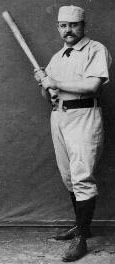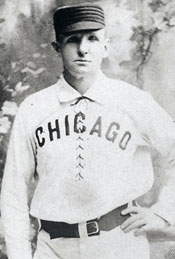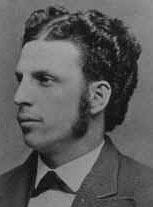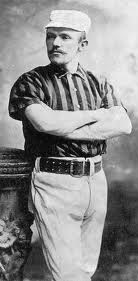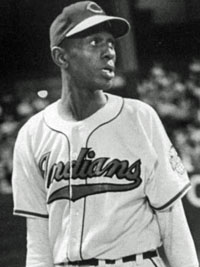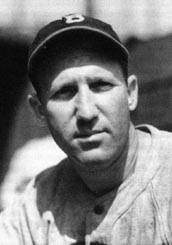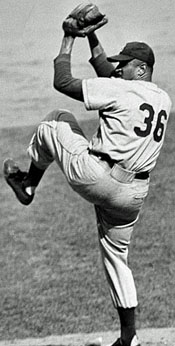Baseball's controversial reserve clause was born in 1879.
- On September 29, the owners of the four-year old National League met in Buffalo (one of the eight cities in the circuit).
- The public report of the closed door meeting mentioned only these decisions:
A uniform contract will be used by all clubs.
No advance money will be paid to players.
All contracts shall date from April 1 to October 21.
The rule prohibiting hiring or negotiating players prior to November 1 was changed to October 1.
- However, the owners also signed a secret agreement that allowed each club to name five men who would be "held inviolate; that is, no club would have a right to approach them or sign them without the consent of said club. The delegates all selected their five men. ..."
It didn't take long for the news to leak, however.
- The next day, the sports editor of the Cincinnati Enquirer, O. P. Caylor, reported the agreement, although he didn't learn the names of the reserved men on any club.
- Caylor: All the delegates believe that this rule will solve the problem of how to reduce wages, and feel confident it will be lived up to.
- The rule would reduce wages because owners could cut the salaries of their restricted players without fear of the man moving to another club. And since the NL was considered the only "major" league, any player shifting to another league would receive a smaller salary.
- The owners also agreed not to play any club, even from outside the league, that hired a reserved player.
- While the reserved players lost bargaining power, the rule added stability to the league and lessened the chance of clubs going broke and eliminating jobs.
Generally, the clubs reserved a pitcher, a catcher, at least one infielder, and at least one outfielder. Four future Hall of Famers made the restricted lists.
- P Pud Galvin, Buffalo Bisons (HOF 1965) - won winning 365 games over 15 years;
- 1B Cap Anson, Chicago White Stockings (HOF 1939) - hit .334 over his 27-year career;
- SS George Wright, player-manager Providence Grays (HOF 1937 as executive) - a member of the 1869 Cincinnati Red Stockings, the first all-professional team;
- P John Montgomery Ward, Providence Grays (HOF 1964) - only player in ML history to total more than 2,000 hits and 150 pitching victories.
Over the years, the owners increased the number of reserved players until almost the entire roster was covered.
- 1884 - 11 players reserved
- 1886 - 12
- 1888 - 14
- 1893 - 15
- 1894 - 14
- 1900 - 18
Ward founded the Brotherhood of Professional Base Ball Players in 1885 after graduating from Columbia Law School.
- His main impetus was frustration with the owners' reserve clause.
- The players gained some power when they were allowed to negotiate with other teams if their current club asked them to take a cut in pay.
- Ward started the Players' League in 1890 with over half the players from the National League joining the new circuit. But the league lasted just one season.
References: Koppett's Concise History of Major League Baseball, Leonard Koppett (1998)
The Baseball Timeline, Burt Solomon (2001)
